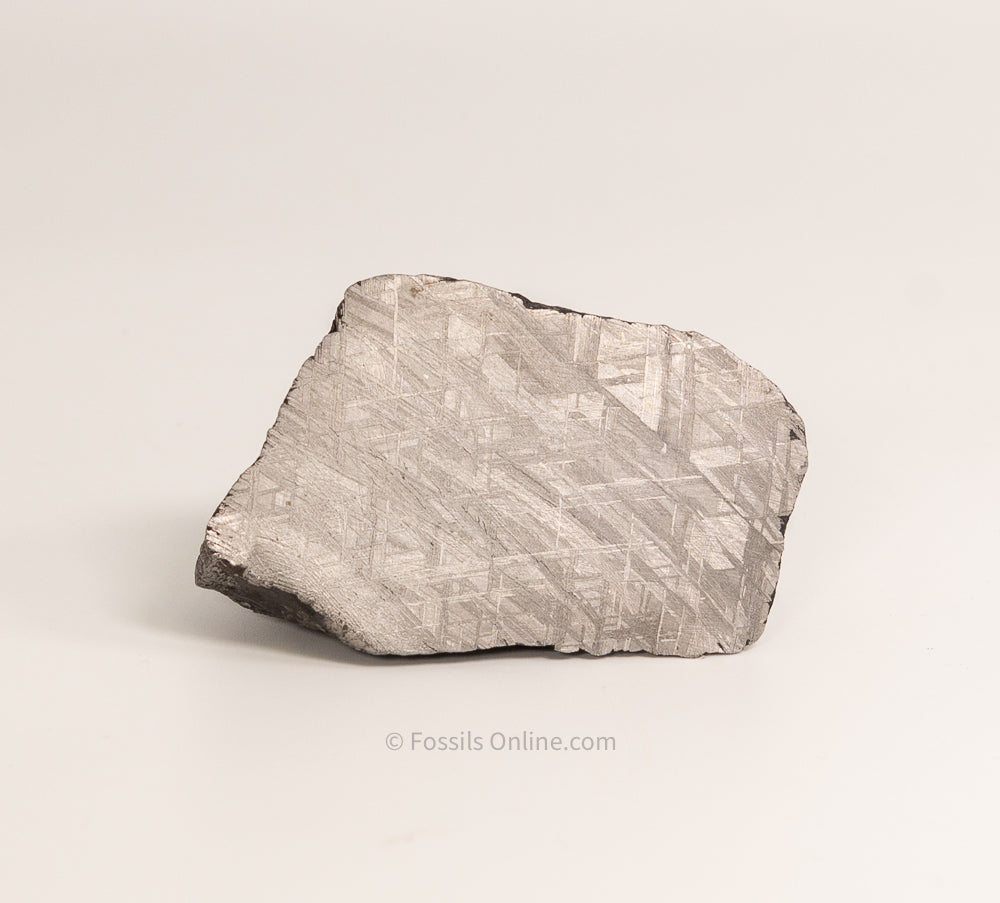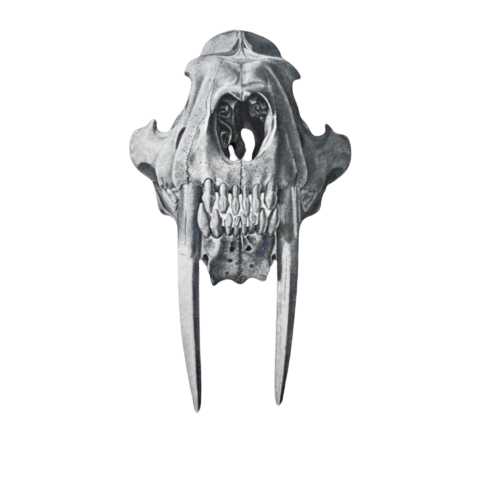Article: How to Identify Imposter Muonionalusta Meteorite Products

How to Identify Imposter Muonionalusta Meteorite Products
When choosing meteorites, it's important to be aware of distinctions between similar-looking varieties. Recently, there has been confusion between Muonionalusta meteorites from Sweden and Aletai meteorites from China, as some sellers have mistakenly or misleadingly labeled Aletai as Muonionalusta. Both meteorites are fascinating and valuable, but they differ notably in origin, pattern, and rarity. Genuine Muonionalusta meteorites feature the unique and intricate Widmanstätten patterns prized by collectors and jewelry enthusiasts. To ensure you're receiving exactly what you expect, be sure you are purchasing from a reputable source.
Key Differences in Crystal Structure:
-
Muonionalusta Meteorite:
- Classification: A fine octahedrite belonging to the IVA iron meteorite group.
- Widmanstätten Pattern: After etching, Muonionalusta displays extremely fine and delicate nickel-iron crystal structures known as Widmanstätten patterns. These patterns are highly intricate, with crisp, well-defined lines that intersect at consistent angles.
- Consistency in Appearance: The patterning is uniform and stable over time, allowing for a visually stunning, long-lasting finish that rarely deteriorates under normal handling conditions

-
Aletai Meteorite:
- Classification: While also an iron meteorite, Aletai is not from the IVA group and can exhibit a coarser or less refined Widmanstätten pattern. This meteorite is classified in an IAB iron meteorite group.
- Pattern Characteristics: The lines in the Aletai meteorite’s pattern may appear broader, less uniform, and lacking the same level of fine detail. Under close examination, the structure may look "muddy" or less crisp than what you would see in Muonionalusta.

Differences in Composition and Stability:
-
Muonionalusta Meteorite:
- Chemical Composition: Contains a stable iron-nickel alloy ratio that helps preserve its etched pattern.
- Long-Term Durability: High nickel content and better intrinsic stability mean Muonionalusta generally resists rapid oxidation, corrosion, or surface degradation. Properly cared for, it can remain bright and detailed for many years.
-
Aletai Meteorite:
- Chemical Composition: May contain proportions of iron and nickel that are less stable, making it more prone to oxidation.
- Deterioration Over Time: Without rigorous maintenance, Aletai meteorite tends to deteriorate, developing rust spots and losing its sharp etched features. Over time, what once may have seemed similar to Muonionalusta will show a duller, more degraded surface.
Links:
https://www.britannica.com/science/Widmanstatten-pattern
https://meteorites.asu.edu/iron-meteorites

